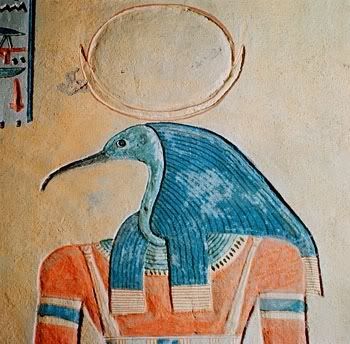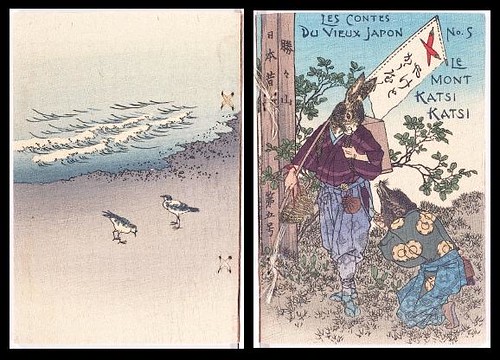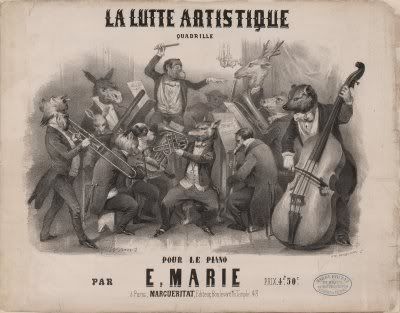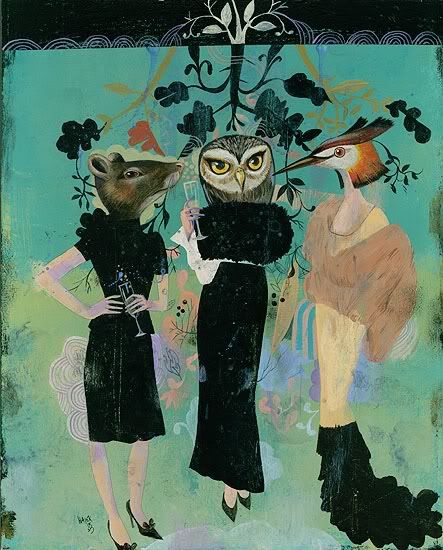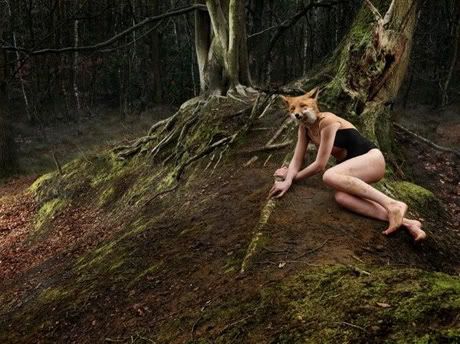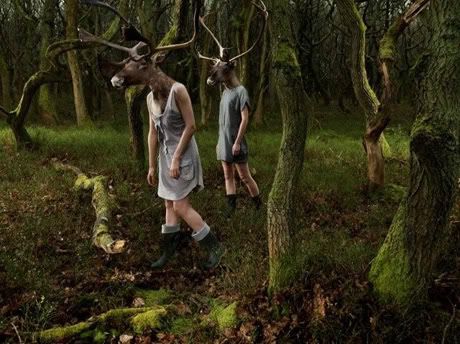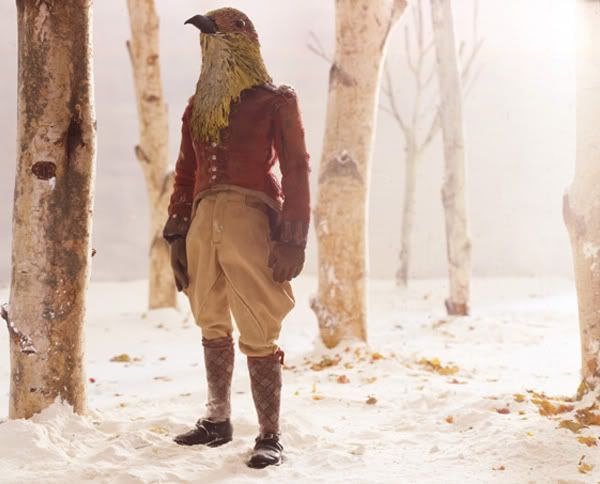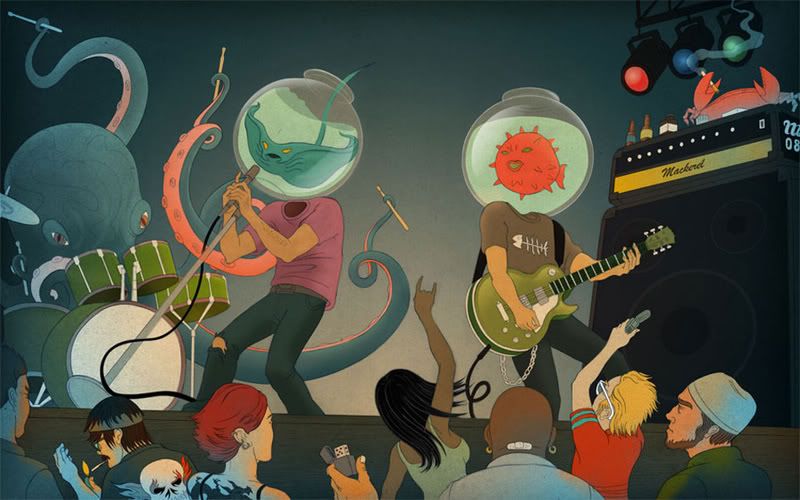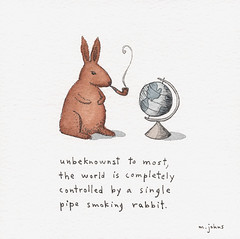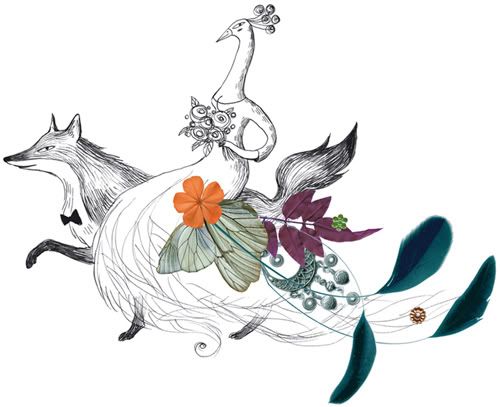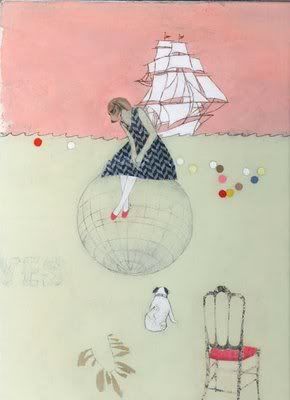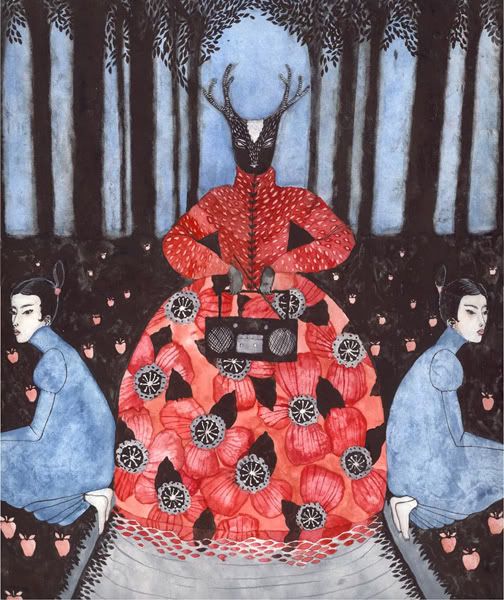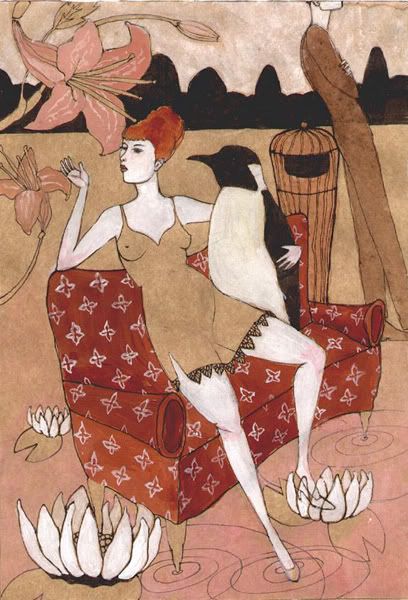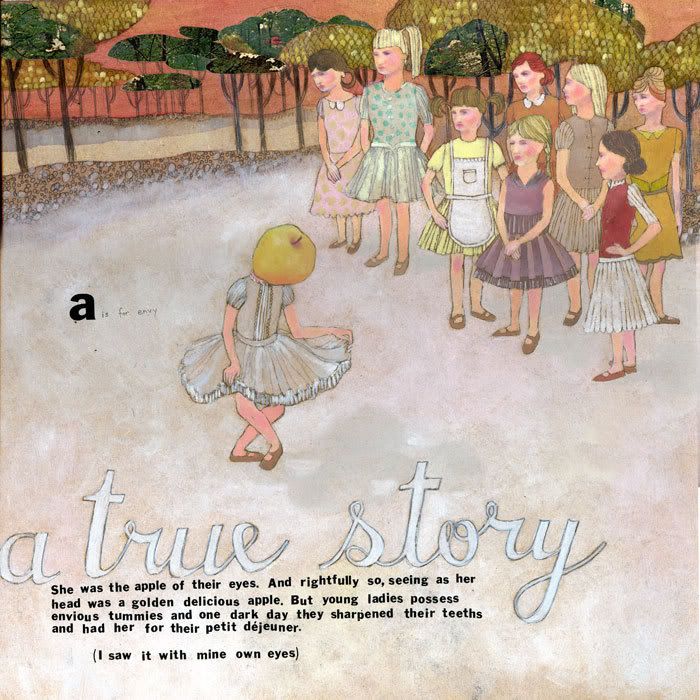 It is about the swans. And the women. And the legends, myths, fables and illustrations thereof. Let us dive right in and start with Leda and the Swan (as shown in the painting by Leonardo Da Vinci. Leda's tale is a familiar motif from ancient Greek myth; Leda is married to King Tyndareous and Zeus (of course also married, the randy old goat... or should I say swan) needs to cuckold him somewhat discretely, so he takes the form of a swan. Zeus-the-swan either seduces or rapes Leda. She bares each (swan and husband) two children (Helen & Polydeuces and Castor & Clytemnestra, respectively, depending on the version of the myth). This trope of Zeus disguising himself as an animal to seduce earthly women (such as Europa and the bull) comes up rather frequently. Leda and the swan seems to have inspired many artists from da Vinci to Cézanne, in painting and sculpture. The fascinating thing is that somehow, depicting a woman and a swan mating was acceptable for centuries during which depicting female sexuality would be forbidden.
It is about the swans. And the women. And the legends, myths, fables and illustrations thereof. Let us dive right in and start with Leda and the Swan (as shown in the painting by Leonardo Da Vinci. Leda's tale is a familiar motif from ancient Greek myth; Leda is married to King Tyndareous and Zeus (of course also married, the randy old goat... or should I say swan) needs to cuckold him somewhat discretely, so he takes the form of a swan. Zeus-the-swan either seduces or rapes Leda. She bares each (swan and husband) two children (Helen & Polydeuces and Castor & Clytemnestra, respectively, depending on the version of the myth). This trope of Zeus disguising himself as an animal to seduce earthly women (such as Europa and the bull) comes up rather frequently. Leda and the swan seems to have inspired many artists from da Vinci to Cézanne, in painting and sculpture. The fascinating thing is that somehow, depicting a woman and a swan mating was acceptable for centuries during which depicting female sexuality would be forbidden. Also the range of interpretations: da Vinci shows a swan who is affectionate - clearly a seducer rather than a rapist. Corregio's swan is clearly engaged in something mutual, as are the other swans and assorted putti. This is not true of all depictions.
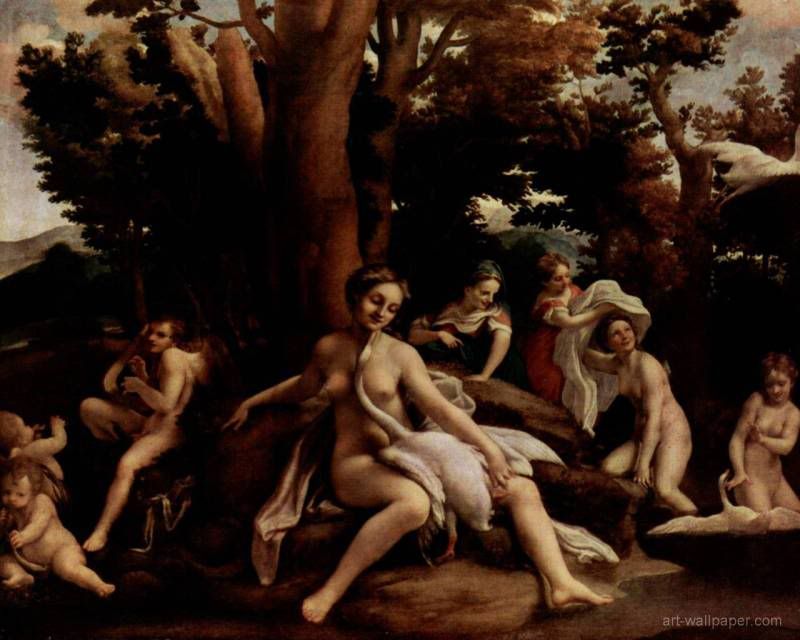
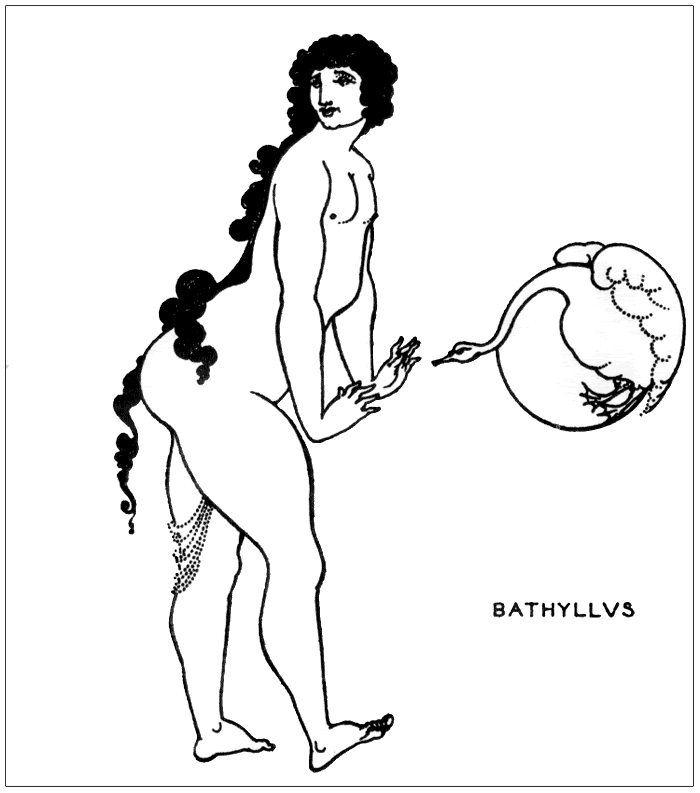
Aubrey Bearsley illustration of Juvenal
Swans can be shapeshifters also for the Swan Maidens - these stories amazingly are found across cultures. The generic form involves the theft of a cloak (of swan feathers) belonging to a swan maiden by a mortal man. This prevents her from flying away and they marry and have children. Somehow the children betray the secret of the hidden cloak, and mummy flies away. Similar stories occur for different animals or composite creatures (Scottish selkies or seal-women, Japanese kitsune fox spirits, African buffalo-maidens, Chinese Peacock Maiden). The ballet Swan Lake is of course a telling of the Swan Maiden tale. In Irish legend the lovers Midir and Etain metamorphose and fly away together as swans. Oenghus and the swan-maiden Caer, the daughter of a Danaan god who spent every day of one year as a beautiful woman and every day of the next as a swan on the lake in Connacht. In Teutonic and Scandinavian myth there is Wayland Smith and his brothers who find three bathing valkeries as swan-maidens divested of their robes.
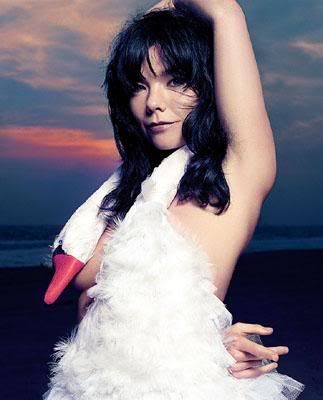
Björk in her swan maiden dress.
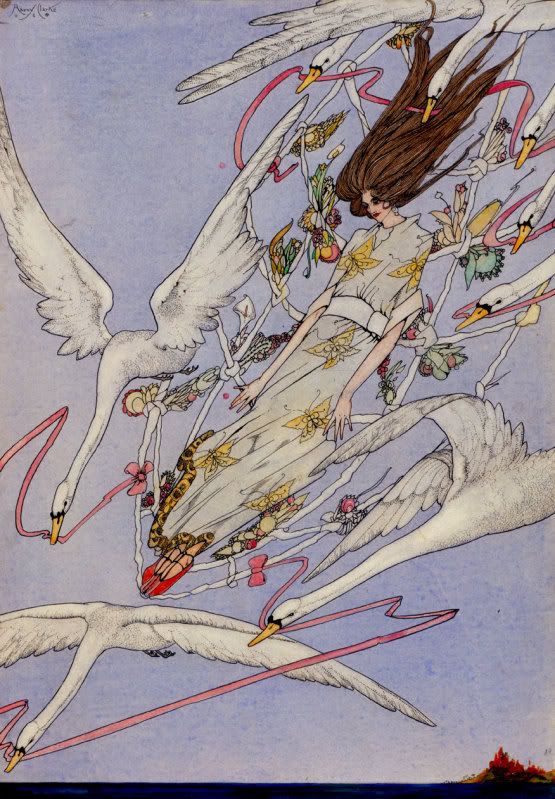
Harry Clarke - The Wild Swan
Senecca legend has Swan sending her daughters to marry the son of Earthquake, Splitface. She is hungry for meat (eventually provided after some Little Red Ridinghood type adventures). The Ojibwe have the lengend of Red Swan retold by Longfellow in the Song of Hiawatha
Can it be the sun descending
O'er the level plain of water?
Or the Red Swan floating, flying,
Wounded by the magic arrow,
Staining all the waves with crimson,
With the crimson of its life-blood,
Filling all the air with splendor,
With the splendor of its plumage?
Yes; it is the sun descending,
Sinking down into the water;
All the sky is stained with purple,
All the water flushed with crimson!
No; it is the Red Swan floating,
Diving down beneath the water;
To the sky its wings are lifted,
With its blood the waves are reddened!
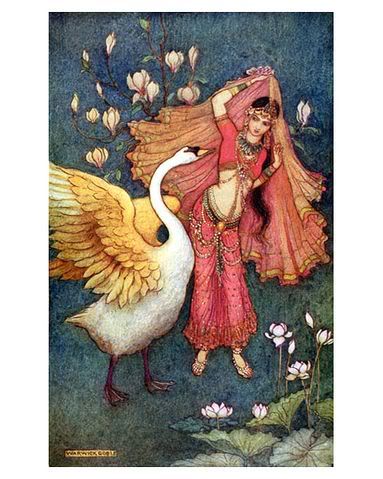
Warwick Gobble: Damayati and the Swan
In Hindu myth, Princess Damayati fell in love with Nala simply from hearing about his virtues and accomplishments from a swan. The Hindu god of creation Brahma uses the swan as a vehicle. The Swan symbolizes the power of discrimination.
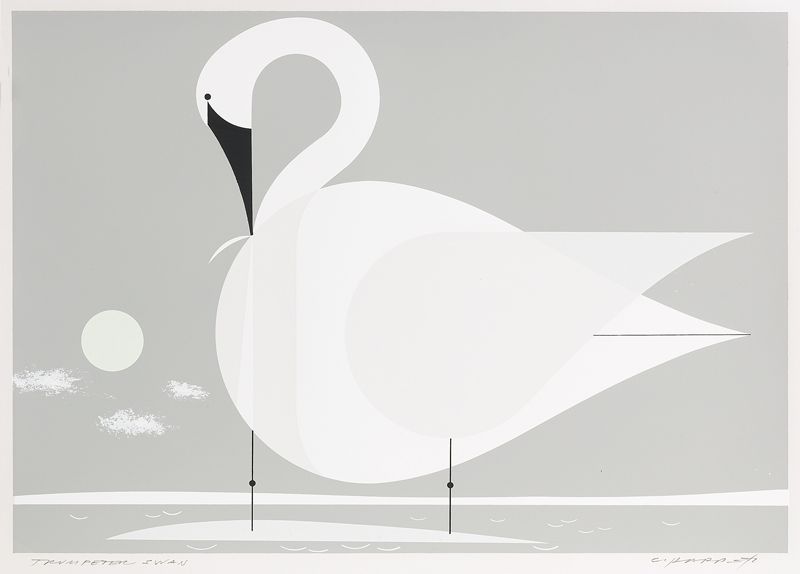
Charley Harper: Swan
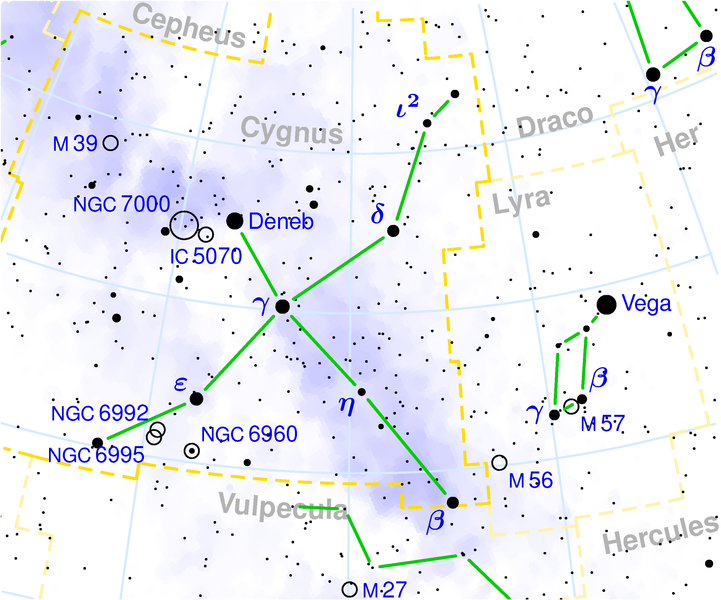 The swan appears in our sky as the constellation Cygnus. This may be a tribute to Leda and the Swan, Orpheus turned into his swan after death, or King Cycnus. In Chinese myth the constellation Cygnus is the site of the once-a-year magpie bridge between which connects the lovers Niu Lang and Zhi Nu (versions of which legend occur in most Asian countries, and mirror the stolen cloak form of the swan maiden story, with the added sympathy of the magpies).
The swan appears in our sky as the constellation Cygnus. This may be a tribute to Leda and the Swan, Orpheus turned into his swan after death, or King Cycnus. In Chinese myth the constellation Cygnus is the site of the once-a-year magpie bridge between which connects the lovers Niu Lang and Zhi Nu (versions of which legend occur in most Asian countries, and mirror the stolen cloak form of the swan maiden story, with the added sympathy of the magpies).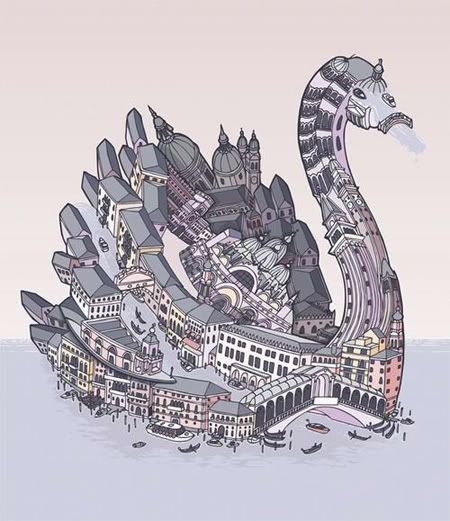
Andy Council: Venetian Swan
There is of cours the story of the ugly duckling... the baby swan left to be raised by ducks where it is a misfit, grows to be a beatiful swan.
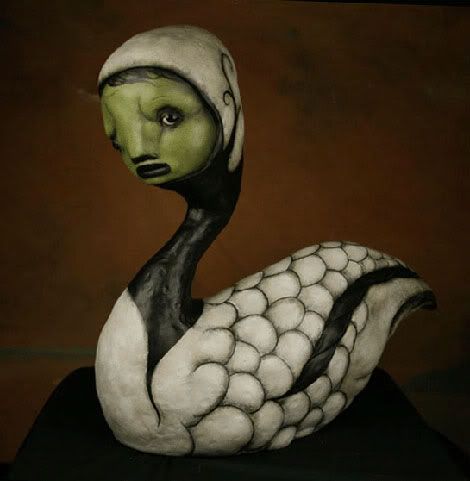
Scott Radke: Swan
In the history and philosophy of science the colour of swans becomes important. Francis Bacon warned against "the fallacies into which undisciplined thinkers most easily fall". It was postulated all swans are white based on observations of only European white swans prior to 1697. Karl Popper uses this as an argument that induction can not produce certainty. It takes only one counter example - an observation of an Australian black swan, like this lovely print (for which I cannot find an attribution! Please let me know so I can credit the Australian artist):

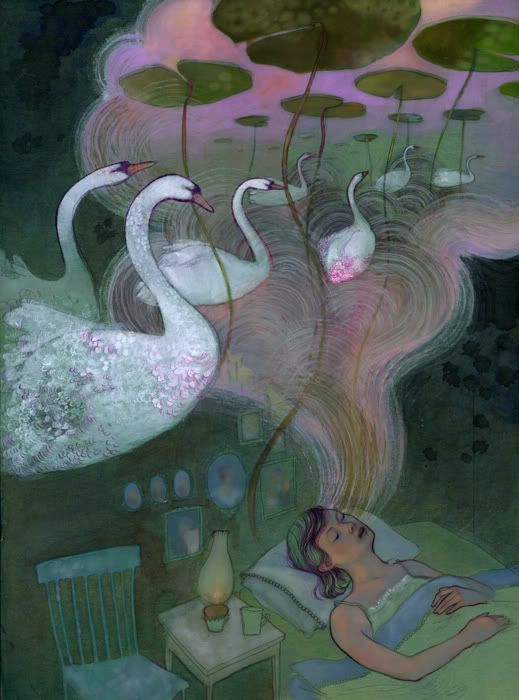
Chelsea Cardinal: Swan Dream
One swan on my wall, by animalsleep:
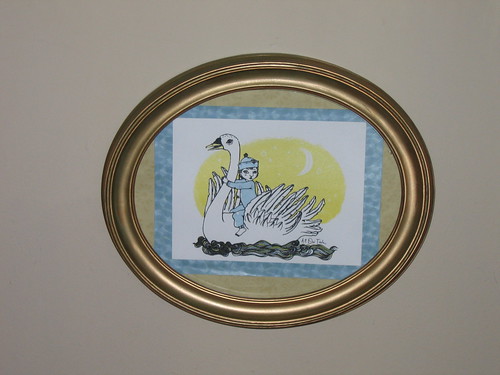
The symbolism is rich and surprising. Even the expression swan song and its legendary origins could be debated.






